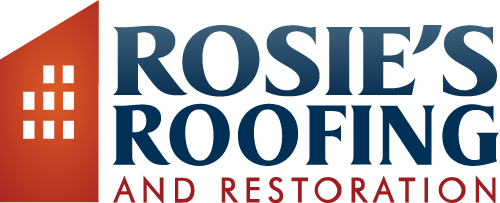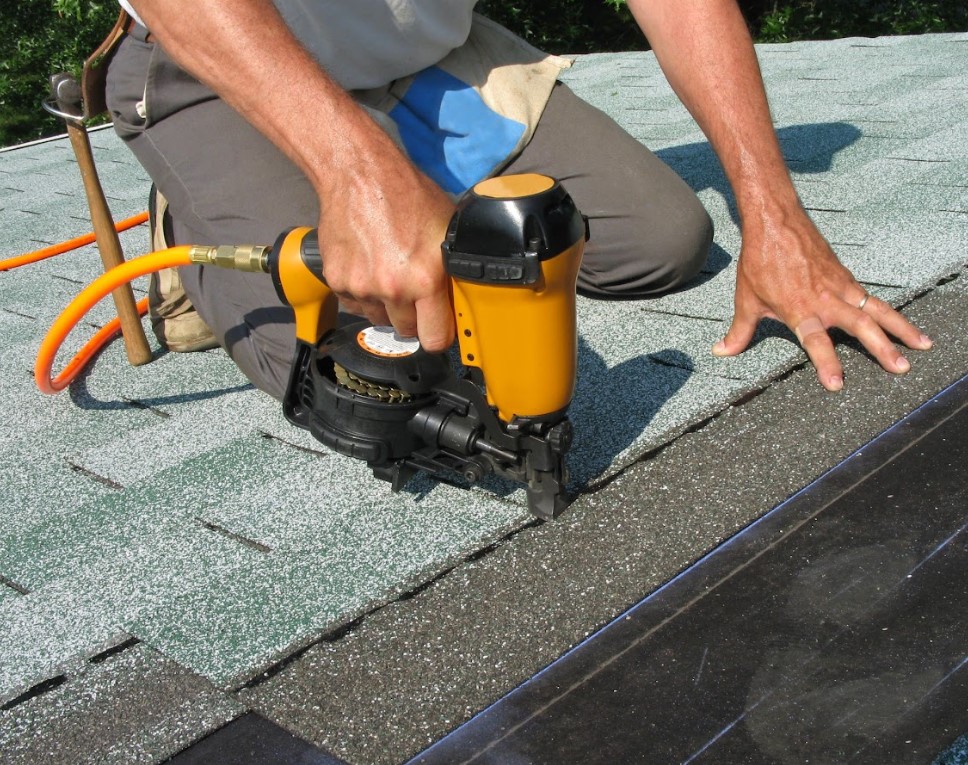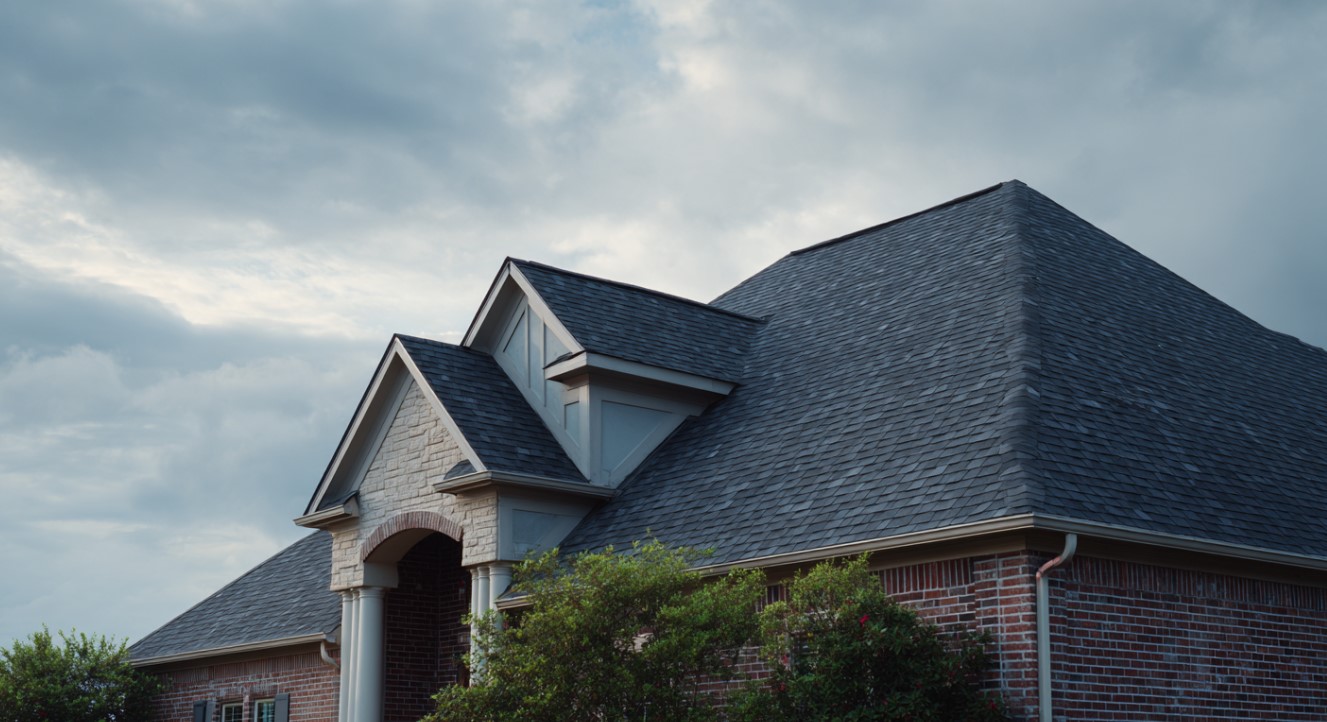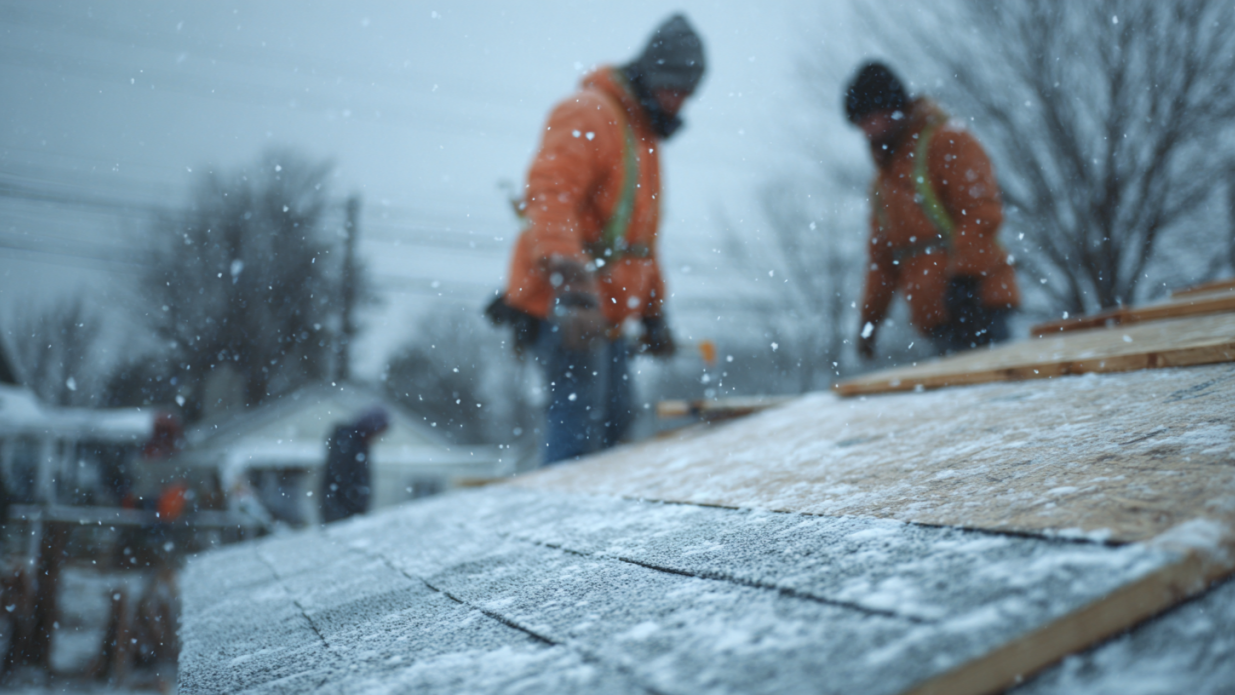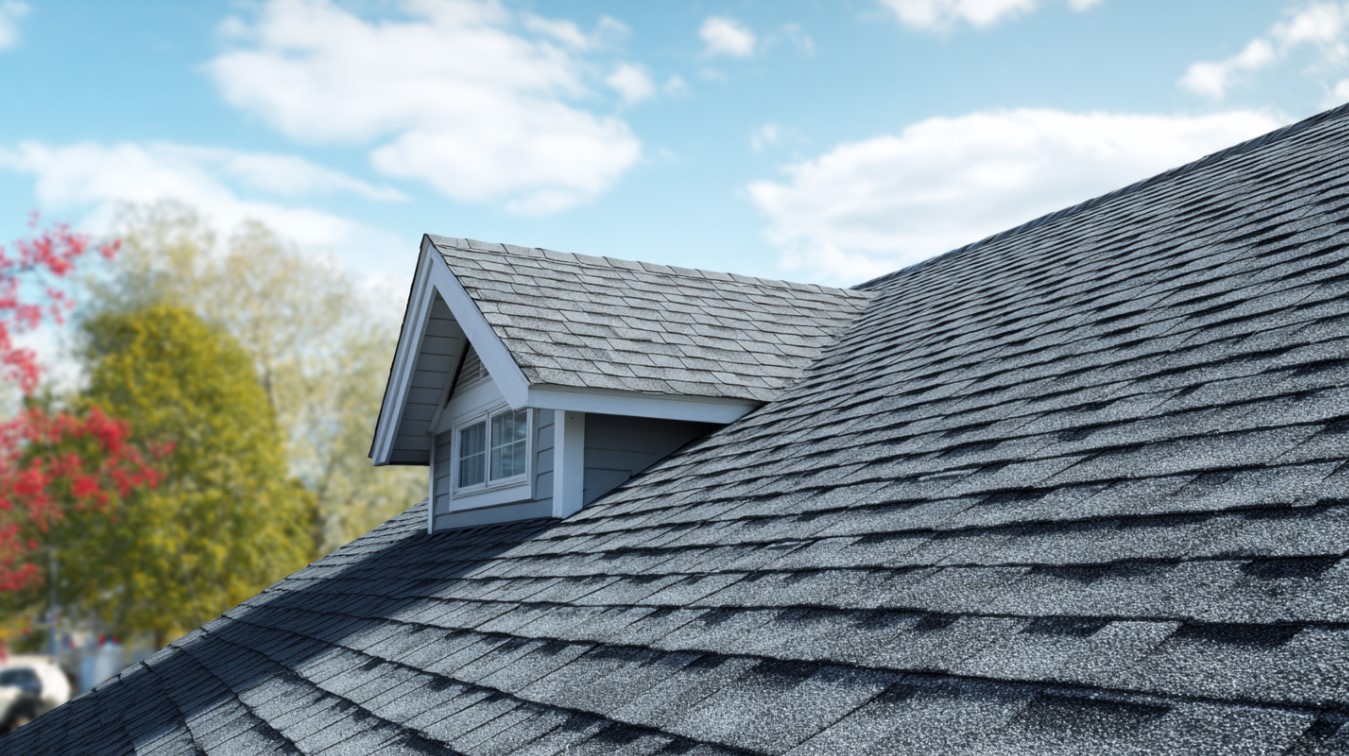Let’s start with the part most people skip.
We don’t get buried in snow here in Atlanta. That’s true. And because of that, a lot of folks assume their roof doesn’t need much attention when winter rolls around. But here’s what we’ve seen again and again: the problems don’t show up during the coldest night. They show up later—when a small, preventable issue turns into a ceiling stain, a waterlogged attic, or a call to an emergency repair crew.
Winterizing your roof in Atlanta isn’t about surviving some deep freeze. It’s about noticing the things that quietly wear down a roof over time—cold rains, leaf-packed gutters, that one cracked shingle that finally lets go when the wind picks up.
So this isn’t a scare tactic. It’s a guide. A short one. From us to you. Because we’ve worked on enough Atlanta roofs to know what happens when good roofs get ignored during winter.
Here’s what we’ll cover:
- What Atlanta roof winterization actually means (and what it doesn’t)
- The five steps we take to protect roofs before winter hits
- What kind of materials work best in Atlanta’s cold, damp season
- When repairs are enough—and when they aren’t
- What we’d do if it were our own home
And if you’re not sure where to start, Rosie’s Roofing and Restoration is always ready to help—without pressure, without panic, and without wasting your time.
Why You Should Winterize Your Roof in Atlanta (Even Without Snow)
We get it. Atlanta winters aren’t exactly fierce. That’s part of the appeal of living here, right? But just because we don’t have six-foot snowdrifts doesn’t mean our roofs are off the hook.
The real threat is subtle.
It’s the overnight temperature drop that causes moisture to freeze, then thaw, then freeze again. It’s the weeks of rain followed by that one windstorm that finds the one loose shingle. It’s the attic that gets too warm, too humid, and starts quietly growing mold.
Winter here wears things down slowly. And that’s the point. Atlanta roof winterization isn’t about bracing for the worst. It’s about paying attention to the quiet damage—the kind that adds up.
We call this “preparation.” But it’s really just taking care of what’s already doing a lot of work: your roof.
What You Should Know Before Preparing Your Roof for Winter
This part is important: you don’t need to climb a ladder this weekend. You just need a plan. And that starts with a few things most homeowners don’t hear often enough.
Budget Reality Check
A full roof replacement is expensive—we won’t sugarcoat it. But most winter prep isn’t. In fact, catching issues early usually means spending a few hundred now instead of a few thousand later.
Here’s what we typically see:
- Gutter cleaning and sealing: $150–$500
- Minor repairs (flashing, shingles, sealing): $300–$1,000
- Full replacement (if needed): $6,000–$25,000
- Gutter installation: about $11/linear foot
Winterization isn’t a product. It’s a mindset. Think of it like a checkup for your roof—not a sales pitch.
Shingles Actually Matter
If your roof is 15+ years old and has builder-grade 3-tab shingles, you’re working with a material that wasn’t really built to last through all these seasons. Architectural shingles handle Atlanta’s freeze-thaw patterns better. Impact-resistant shingles? Even better.
We’re not saying you have to replace your roof now. But if the shingles are curling or shedding granules, it’s probably time to take a closer look.
Permits and Timing
Most municipalities in metro Atlanta require permits for full roof replacements. Some even require them for larger repairs. That can sound intimidating, but we manage that whole process for you. You don’t have to deal with the city—we do.
And no, it’s not too late to prep your roof just because the temperature dropped. We’ve done safe, effective roof installations and repairs all through winter, year after year.
5 Real-World Steps to Winterize Your Roof in Atlanta
We’re not going to throw a dozen “tips” at you. You don’t need a checklist a mile long. You need clarity. Here’s what we do—every fall—for homeowners who want their roofs to make it through winter without surprise leaks or costly repairs.
1. Get a Roof Inspection Before the Cold Sets In
This isn’t a sales call. It’s a sanity check. We look at shingles, flashing, vent boots, skylights, chimneys—all the places that tend to fail quietly over time.
We also check the attic for moisture, insulation gaps, and signs of airflow problems.
It’s one of the simplest, most cost-effective ways to avoid winter issues before they happen.
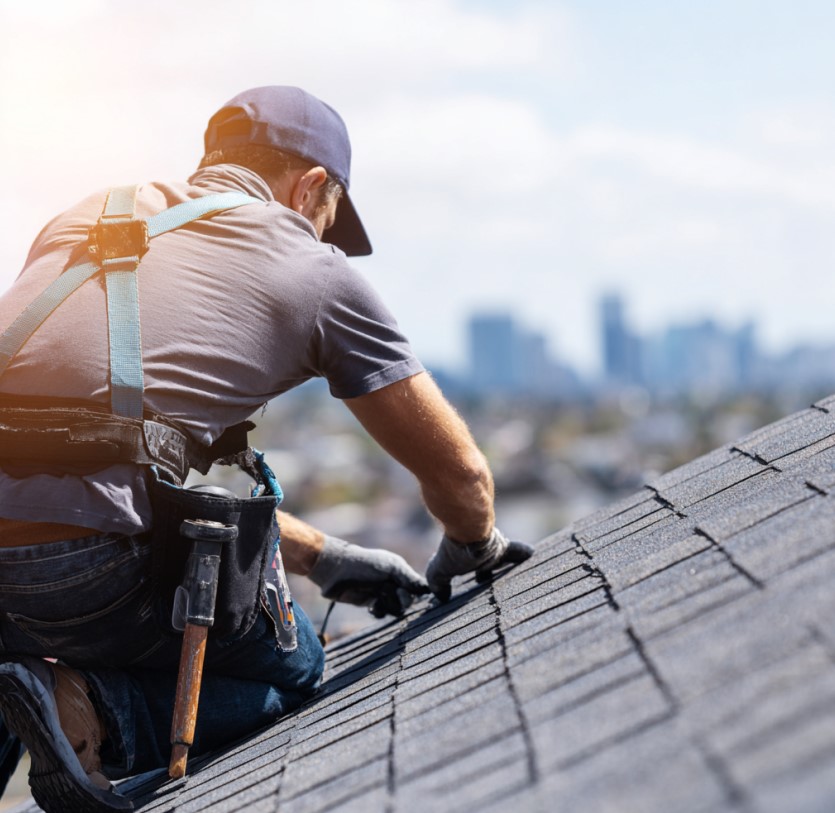
2. Clean Your Gutters Like You Mean It
Gutters are one of the most overlooked parts of roof prep. When they clog with leaves (and they will), water backs up onto the roofline. That’s where rot starts. That’s where water seeps into fascia boards.
And in winter, if it freezes overnight? Now you’ve got ice expanding in places it shouldn’t be.
Don’t skip this one.
3. Check Attic Ventilation and Insulation
It’s easy to think of your roof as only what you can see from the driveway. But the attic plays a big role here.
When it doesn’t ventilate properly, warm air from your home gets trapped and starts to condense. That leads to moisture damage from the inside out.
Good insulation keeps the warmth in. Good ventilation lets your roof breathe. You need both.
4. Replace What’s Already Failing
If a shingle’s cracked, it won’t improve with time. If the sealant around your vent pipe is crumbling, winter’s not going to help.
Small problems become big ones when temperatures drop and moisture sneaks in. This is where we make simple fixes that save major headaches down the road.
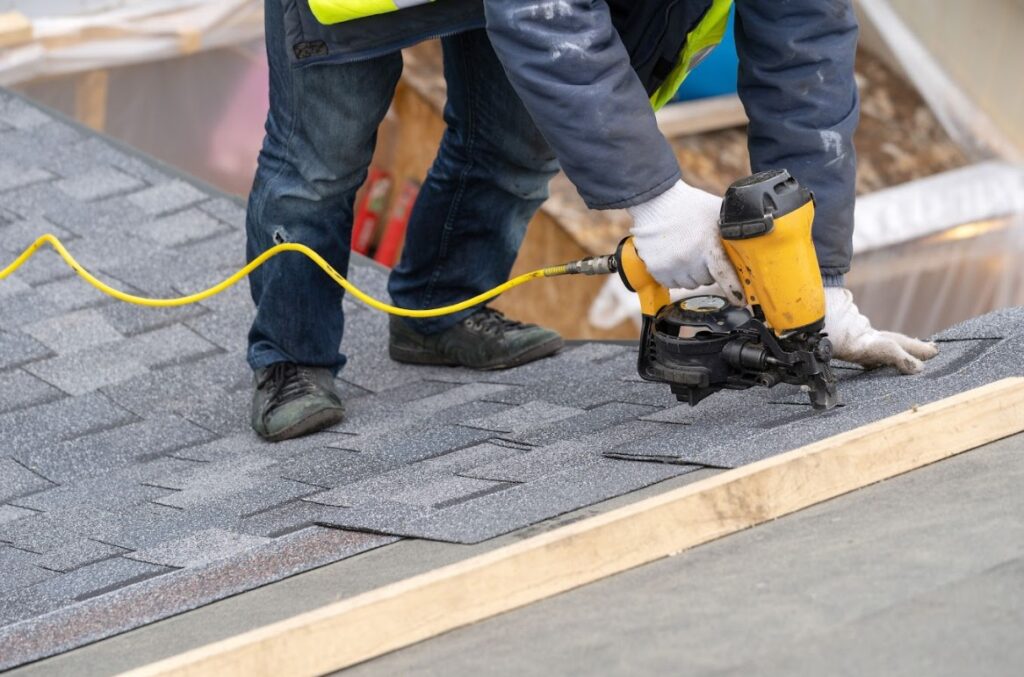
5. Seal Flashing, Vents, and Roof Penetrations
Every hole in your roof—every pipe, vent, or chimney—is a potential leak point. Flashing wears down over time. Sealant breaks down faster when it’s cold and wet.
This step takes a little time. But when we do it right, it keeps the inside of your home dry no matter what winter throws at us.
Should You Replace Your Roof Before Winter?
Maybe. Maybe not. Here’s how we break it down:
- If your roof is under 10 years old and there are no leaks? You’re probably fine.
- If it’s 15+ years old, and you’re already patching here and there? It’s worth having us take a look.
- If you’ve had two or more repairs in the last couple years? That’s often a sign the system is nearing the end.
No pressure. No panic. Just a conversation. We’ll tell you the truth, even if it means we don’t get the job.
What Shingles Hold Up Best in Atlanta Winters?
You don’t have to be a roofer to make a smart choice here.
Here’s the simple version:
| Type | Pros | Cons | Winter Durability |
| 3-Tab | Inexpensive, widely used | Weaker seal, shorter life | Low |
| Architectural | Stronger, layered, better seal | Costs a bit more | High |
| Impact-Resistant | Built for weather extremes | Higher cost | Very High |
We install all of them. But if you’re winterizing an older roof, architectural shingles are often the sweet spot for performance, cost, and durability.
We’re certified with GAF, Owens Corning, and CertainTeed—which means you also get longer warranties and better coverage down the road.
Winter Roof Prep FAQs for Atlanta Homeowners
We’ve worked with thousands of Atlanta homeowners, and every winter, we hear the same smart questions. Here’s what you need to know if you’re thinking about protecting your roof this season—or if you’re just not sure where to start.
What does winterizing a roof actually include?
Winterizing a roof in Atlanta includes inspecting the shingles, flashing, attic ventilation, and gutters to ensure your home is ready for cold, wet, or windy weather. It often involves sealing weak points, cleaning out debris, and replacing any materials that are already showing signs of wear.
Can I winterize my roof myself?
You can handle a few winter prep steps yourself—like cleaning your gutters and checking your attic insulation—but full roof winterization is best done by a licensed contractor. This ensures proper sealing, safety, and that nothing critical is missed before cold weather hits.
Is it too late to prep my roof if winter has already started?
It is not too late to winterize your roof even if the season has already started. In fact, we regularly perform inspections and repairs throughout the winter as long as temperatures are safe for roofing work. The sooner you act, the more likely you are to prevent damage.
Should I wait until spring to replace my roof?
You should not wait until spring to replace your roof if it’s already showing signs of failure. Delaying a replacement can lead to additional damage during winter months. Atlanta’s moderate climate allows for safe, effective winter roof installations.
What’s the cost difference between winter prep and emergency repairs?
The cost of winter roof prep typically ranges from $150 to $1,000, depending on the work involved. Emergency repairs after a winter leak, however, can easily exceed $2,000, especially if water damages your interior. Preparing early is usually the more affordable option.
Wrapping It Up: Don’t Let a Quiet Winter Catch You Off Guard
Atlanta’s winter is quiet. It rarely makes headlines. But it still does damage—especially to roofs that aren’t ready for it.
Winterizing your roof isn’t a luxury. It’s a habit.
A good one. One that protects your home, lowers your bills, and helps you avoid emergency calls in the middle of January.
At Rosie’s Roofing and Restoration, we’ve seen what happens when roofs are ignored. And we’ve seen what happens when they’re maintained well. We prefer the second one. We bet you do too.
Schedule your free inspection today, and let’s get your roof winter-ready—before the damage sneaks in.
